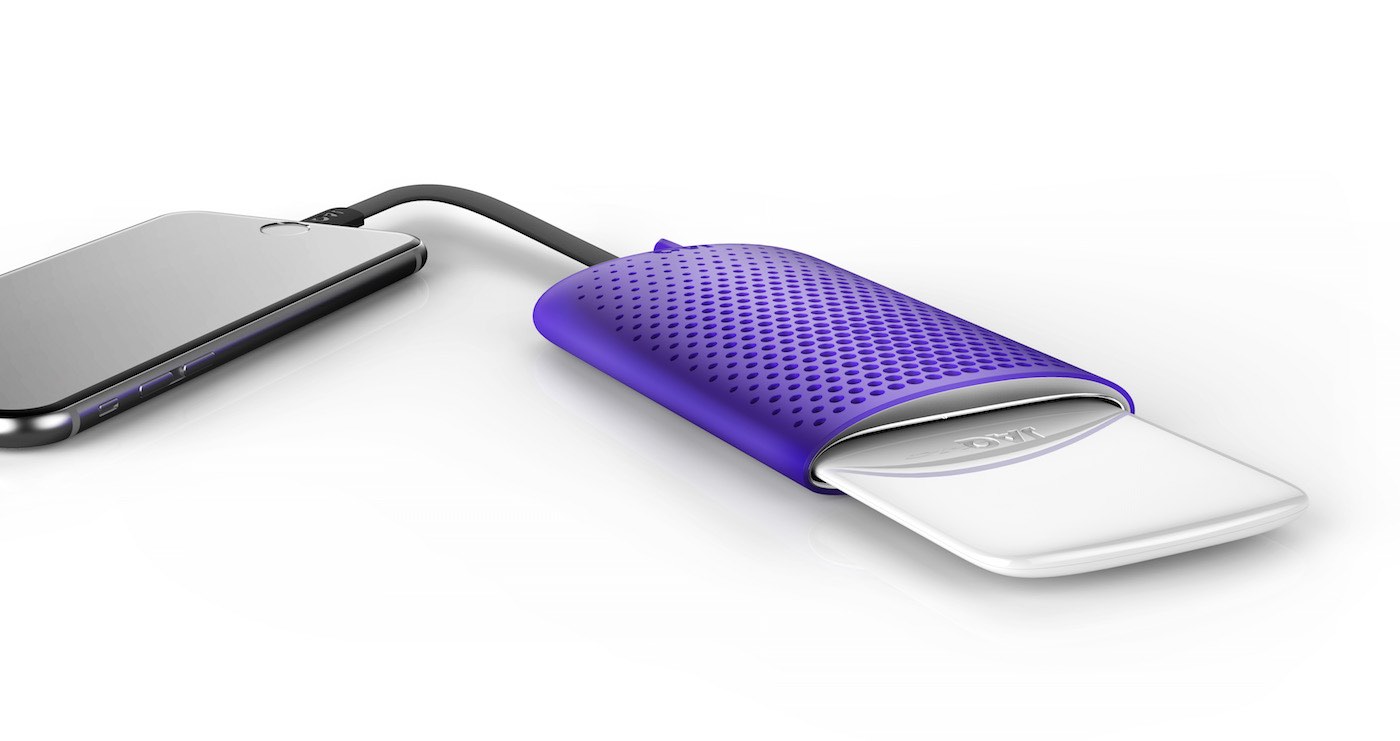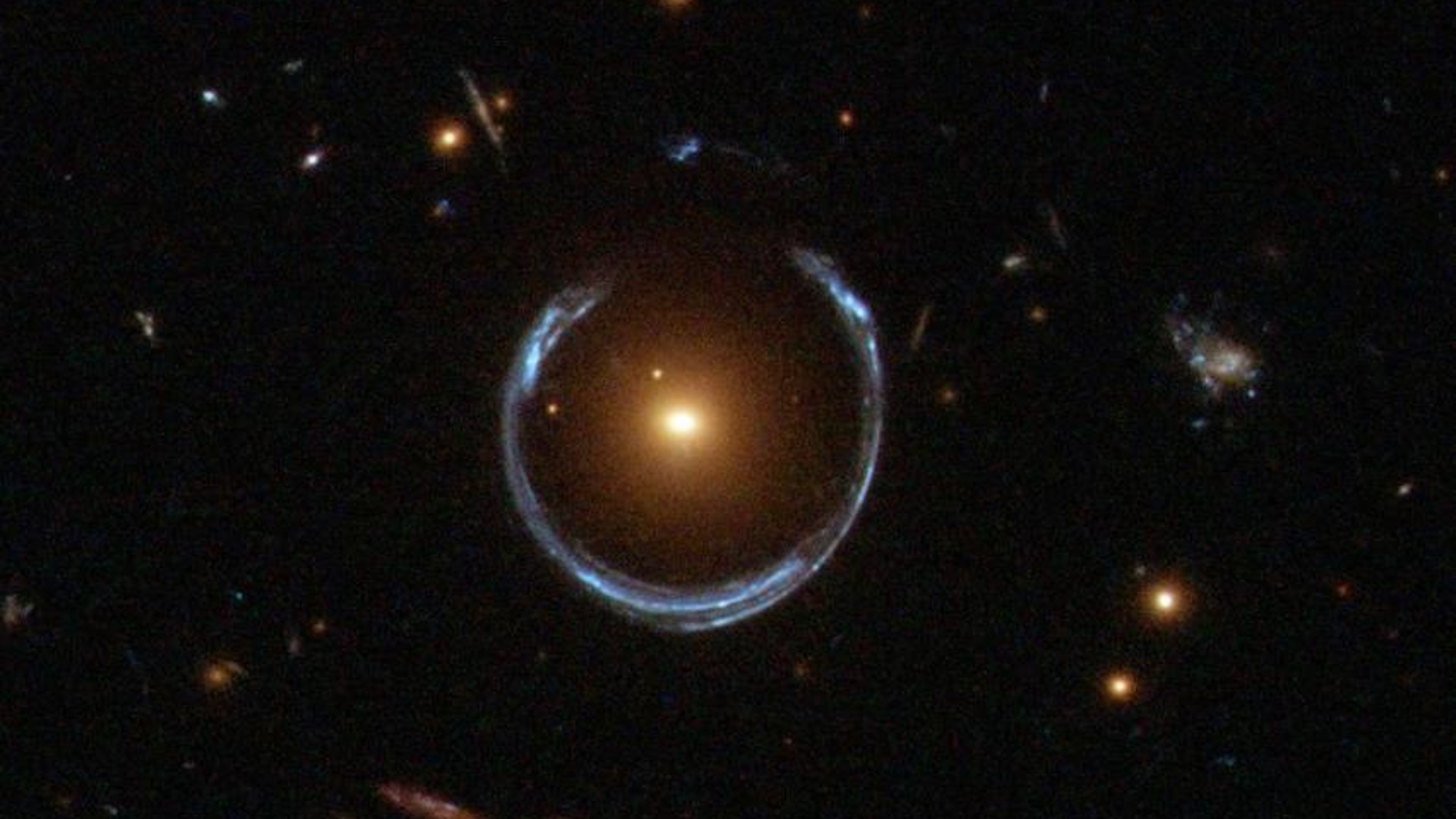
Pocket-Sized Device Charges Your Phone with Water

LAS VEGAS – A sleek new device could help you charge your phone without an electric outlet.
Swedish startup MyFC unveiled its cool technology, dubbed JAQ, here at CES on Jan. 6. The device, which is small enough to slip into your back pocket, is a fuel cell charger. It uses saltwater and oxygen to convert chemical energy into electricity. Then it uses that electricity to charge your phone's battery.
The charger consists of a credit card-shaped "power card" and a hollowed out port that's roughly the size of a smartphone. The card contains saltwater, which fuels electricity-producing chemical reactions when you slip the card into the port. To get that electricity to your phone's battery, you simply plug your phone into the port with a standard cable. [Smartphones With the Longest Battery Life]
One JAQ power card produces about 1,800 milliampere-hours' (mAH) worth of electricity — that's nearly enough energy to fully charge an iPhone 6S. Larger devices, like tablets, can also be charged with the fuel cell, but it'll take more than one power card to get them fully juiced. The saltwater-containing power cards are good for just one use. After that, they stop producing the chemical reactions necessary to generate electricity.
The device works by combining two reactants, in this case hydrogen and oxygen, inside an enclosed space. Hydrogen atoms from the saltwater in the power card enter the fuel cell (there are 10 fuel cells in the card) at the anode, where a "chemical reaction strips them of their electrons," MyFC explains on its website. These electrons then provide the current that powers the phone or tablet that's connected to JAQ.

Once the hydrogen atoms are stripped of their electrons, they become positively charged hydrogen ions and are able to move through the fuel cell's electrolyte — a membranelike substance that limits the movement of ions in the cell. At the cathode end of the cell, oxygen from the air enters and combines with the hydrogen ions that made it through the electrolyte and electrons returning from the electrical circuit. This reaction results in a totally harmless byproduct: water (H2O).
JAQ isn't available for purchase just yet, but the company anticipates that the product will be ready to ship later this year. When it does go up for sale, MyFC hopes to implement a subscription service. Customers would sign up to receive a certain number of power cards every month. Individual cards would also be available for purchase and will likely cost about $1.50 each, a company spokesperson told Live Science.
Get the world’s most fascinating discoveries delivered straight to your inbox.
Follow Elizabeth Palermo @techEpalermo. Follow Live Science @livescience, Facebook & Google+. Original article on Live Science.

Elizabeth is a former Live Science associate editor and current director of audience development at the Chamber of Commerce. She graduated with a bachelor of arts degree from George Washington University. Elizabeth has traveled throughout the Americas, studying political systems and indigenous cultures and teaching English to students of all ages.
